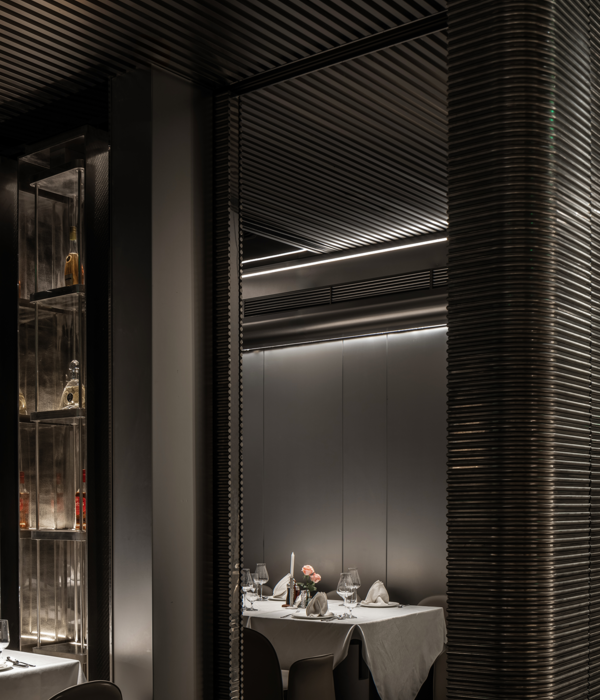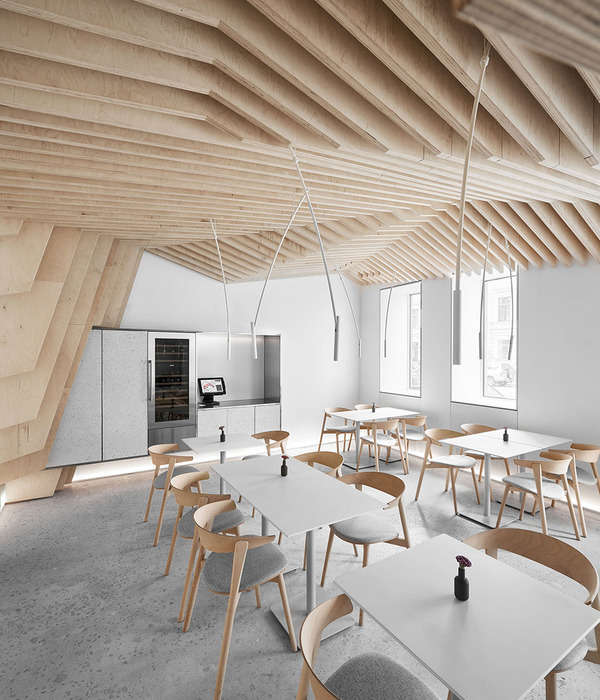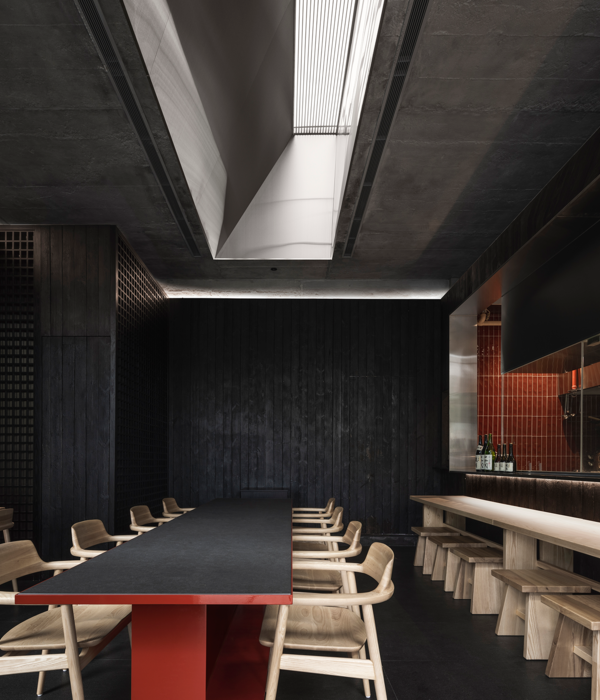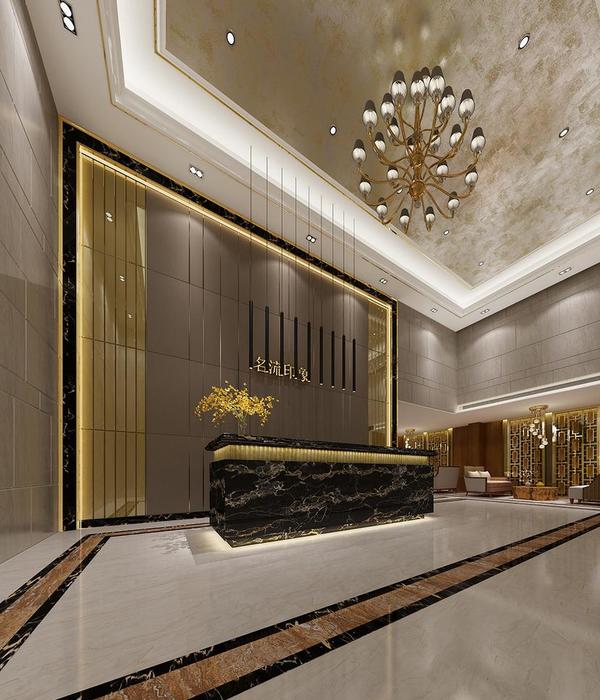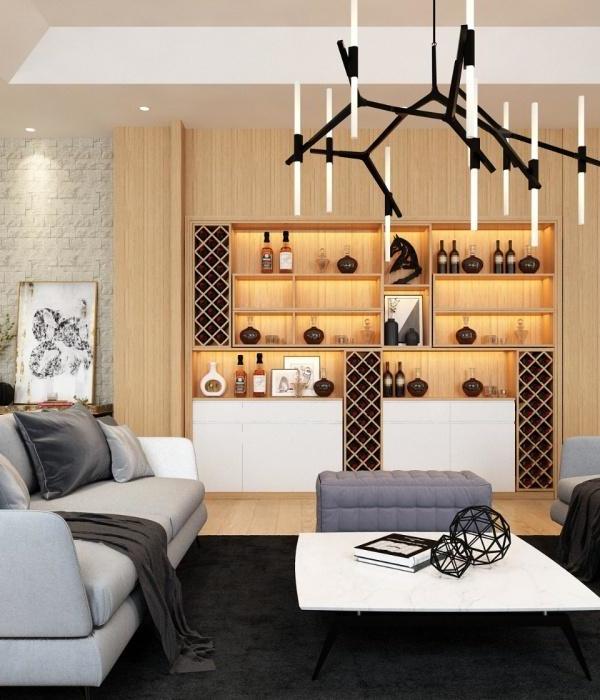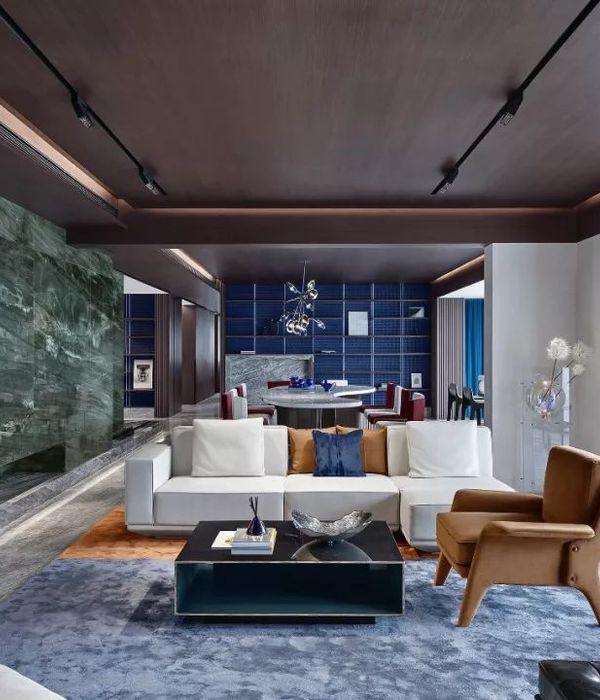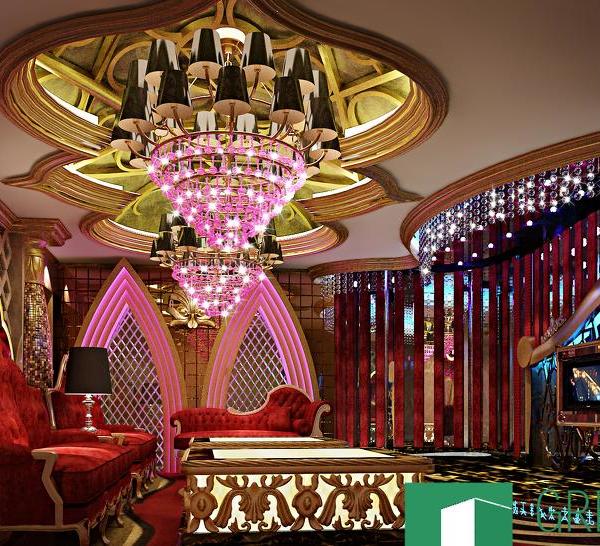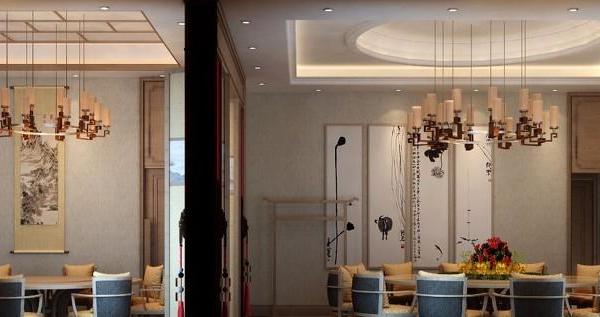▼酒吧入口区夜景,night view of the entrance ©1988摄影
As the central system of the whole experience space, the bar space needs to make more adaptive changes according to the brand’s iterative innovation of rice wine drinking products. The hanging pottery pot is used to boil wine, and the more integrated mixing and making table is used to warm wine. The form and evolution of rice wine at different time points are given new interpretations in the bar.
▼吧台,the bar ©1988摄影
▼吧台近景,close shot of the bar ©1988摄影
吧台延伸出的产品陈列区块,采用黄土来堆叠山形,唤醒了黄酒的在地性及与土壤混为一体的特性,材质上:泥土的粗拙、山野质感,与大量的不锈钢形成对比,让金属不再强硬冰冷,同时又协调出了整体空间的亲和力;而山形内部的夹缝空间,形成天然的产品陈列区,链接了「涩品®️Bar」饮用体系的源头系列产品,年份酒系列/调酒系列 /酒器系列。
The product display block extended by the bar adopts loess to stack the mountain shape, which awakens the local nature of rice wine and the characteristics of mixing with soil. The material: coarse and wild texture of soil, in contrast with a lot of stainless steel, makes the metal no longer hard and cold, but also harmonizes the affinity of the whole space; The crevice space inside the yamagata forms a natural product display area, linking the source series of ” Se-P®️Bar” drinking system, vintage yellow wine series/mixology series/ yellow wine ware series.
▼吧台旁的产品陈列区块,the product display block next to the bar ©1988摄影
因为项目面积不大,同时需区分出多个功能板块,所以整体布局上有意识的采用了拥挤布法,从入口处就采用装置化的三面围合,让消费者一进入空间就产生拥堵感,从而去引导座位密布的心理合理性,座位区与吧台及产品区,用一个带显示频的装置吧台分割,动线清晰又不违和。
The area of the project is not large, and multiple functional blocks need to be distinguished, so the overall layout has consciously adopted the dense distribution method. From the entrance, the three sides of the installation are used to enclose, so that consumers will have a sense of congestion as soon as they enter the space, so as to guide the psychological rationality of the dense distribution of seats. The seating area is separated from the bar and the product area by a device bar with a display frequency, and the moving line is clear.
吧台空间作为整个体验空间的中枢系统,根据品牌方迭代创新的黄酒饮用产品,需要对吧台做出了更多的不同的适应性变化,悬壶接续的青梅煮酒,温酒池、更加融合的调饮制作台。黄酒在不同时间点上的形态与演化都在这里被赋予新的诠释。
▼夜间由室内看向室外景观,night view from the interior to the exterior ©1988摄影
▼平面图,plan ©Se-P
▼吧台立面图,elevation drawing of the bar ©Se-P
项目名称:涩品®️Bar 项目类型:室内设计 设计方:涩品®️创作小组 项目设计:涩品®️创作小组 完成年份:2022年8月18日 设计团队:涩品®️创作小组 项目地址:厦门市思明区仙岳路骏豪会 建筑面积:250 ㎡ 摄影版权:1988摄影 合作方:见南花/冷精寺/痣BIRTHMARK/谧意MEFTWE/ERRANCE/大众装饰/雅居家园/POWER8八次方/中策标识/SPACE DESIGN 客户:涩品®️酒业 材料:不锈钢 水泥自流平 木材 黄土
Project name:Se-P®️Bar Project type:interior design Design:Se-P®️ Design year:November 15, 2021 Completion Year:August 18, 2022 Leader designer & Team:Se-P®️ Project location:Junhao Club, Xianyue Road, Siming District, Xiamen Gross built area: 250㎡ Photo credit: 1988 Photography Partner:JianNanhua/Lengjing Temple/Nevus BIRTHMARK/Miyi MEFTWE/ERRANCE/Popular Decoration/Yaju Home/POWER8 Eighth Power/Zhongce Logo/SPACE DESIGN Clients:Se-P®️ Materials:stone, wood, stainless steel paint Brands:Se-P®️
Se-P®️Bar is located in the Junhao Club of Xiamen City. It is a concrete space for Se-P ®️ to be experienced by product features. Named after Bar, it is not a Bar in the conventional sense, but a wine drinking space with rice wine as the narrative axis, linking micro-alcoholic drinks and tea drinks.
▼视频,video ©1988摄影
「如何在当下饮用黄酒」是品牌方给出的第一诉求,在设计这个空间时,我们同时需要去思考如何在空间中去完善黄酒的饮用体系,创造当代黄酒饮用场景。
“How to drink yellow rice wine in the present” is the first demand of the brand. When designing this space, we need to think about how to improve the drinking system of yellow rice wine in the space and create a contemporary drinking scene of yellow rice wine.
▼项目概览,overview of the project ©1988摄影
为了破除黄酒的固有印象,涩品®️从机械构件中找到灵感,大量采用拉丝不锈钢,把家具装置化穿插整场包括室内、室外,造出某种似是而非的未来感,而在饮用器物又以手工柴烧器为主,设计方有意识的去创造空间与饮用形式上的冲突、矛盾,以此来强烈冲击人们对黄酒传统、古老的印象,强化对品牌的认知,再造当下黄酒的全新感观体验的场景。
In order to dispel the inherent impression of yellow rice wine, Se-P®️ find inspiration from the mechanical components, a large number of brushed stainless steel, the device is changed with the entire including indoor and outdoor furniture, make some specious sense of the future, and the drinking utensils is given priority to with manual wood ware, consciously by the designer to create conflicts and contradictions in the form of the space and drinking, This will strongly impact people’s impression of the tradition and antiquity of rice wine, strengthen the cognition of the brand, and recreate the scene of the new sensory experience of rice wine.
▼入口空间,entrance ©1988摄影
▼入口区的置物架,display shelf at the entrance area ©1988摄影
涩品®️Bar位于厦门市骏豪会内,是涩品®️由产品特性转变落地体验模块的具象空间,以Bar为名,但这里并不是常规意义上的酒吧,而是以黄酒作为叙事轴,链接了微酒精饮料及茶饮的酒饮空间。
▼穿插于室内空间的金属体块,metal blocks interspersed with interior spaces ©1988摄影
▼金属饰面的座椅,metal-finished seat ©1988摄影
▼金属饰面的楼梯,metal-finished stair ©1988摄影
如何将黄酒与当下结合,开放地呈现在空间中,使煮酒,冰饮,特调各种饮用方式在空间中实现更多可能性,吧台功能划分及模块嵌入显得尤为关键。
How to combine yellow rice wine with the present and present it in the space in an open way, so that various drinking methods such as wine boiling, ice drinking and special mixing can realize more possibilities in the space, the function division and module embedding of the bar are particularly crucial.
▼由入口看向吧台,a view from the entrance to the bar ©1988摄影
{{item.text_origin}}

